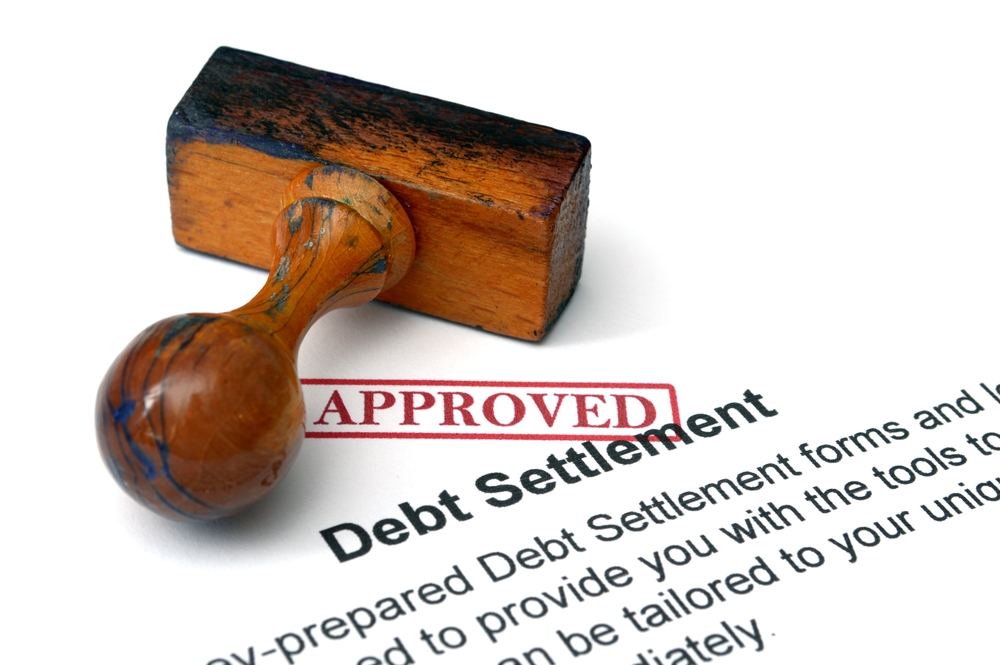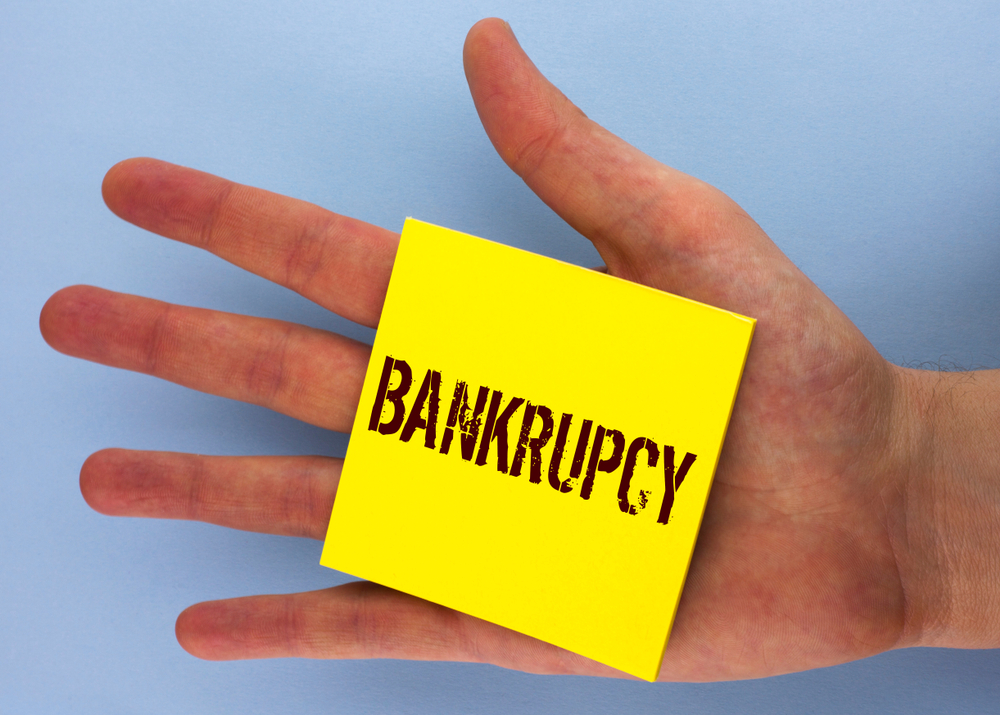
8. Debt settlement
Are you willing to hurt your credit in order to get out of debt? If you consider this is a better alternative then you should start looking into debt settlement. It involves negotiating with creditors in order to pay a portion of what you own.
You may have seen tons of ads for debt settling companies but we recommend avoiding them. Don’t let them fool you into thinking you can’t take these steps on your own. Not to mention the fact that a lot of shady companies have stolen thousands of dollars from clients without helping their financial situations at all. Better safe than sorry, even if it requires a bit more effort on your part.
We’ve also seen a number of settlement companies that will ask their potential clients to stop making payments to their creditors in order to pressure them into settling your debts for less. More often than not this ‘method’ actually pushed you through collections. If you also want to avoid lawsuits and wage garnishments (who wouldn’t?), try settling your debt on your own and avoid companies who claim they have a 100% success rate.

9. Bankruptcy
If no other options work for you and you’re (rightfully) too worried to dig into your 401(k) in order to get rid of debt then declaring bankruptcy may be the only solution left for you. Ironically, it’s an expensive way of getting a clean slate. In between court fees, attorney fees, and mandatory bankruptcy courses you may need to pay between $1,600 and $6,000.
The long term consequences also include a stain on your credit information that will stay on your report for up to 10 years.
But with all that aside, there are two types of bankruptcy that you can file as an individual. Chapter 7 bankruptcy discharges your debt after examining your assets and liquidating non-except ones (jewelry, vehicles). On the other hand, there’s Chapter 13 bankruptcy which requires you to first complete a 3 to 5-year repayment plan before your debts are discharged.

























